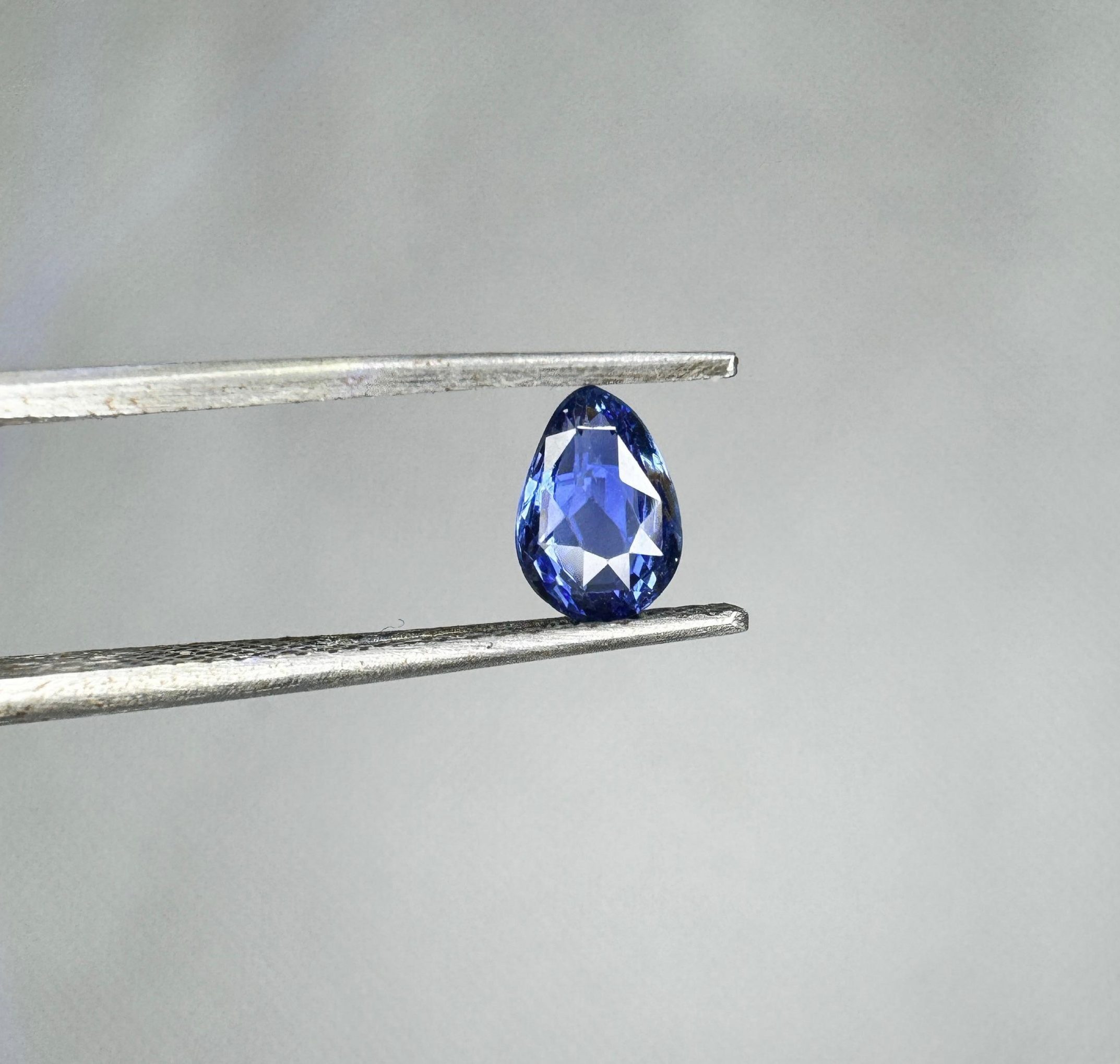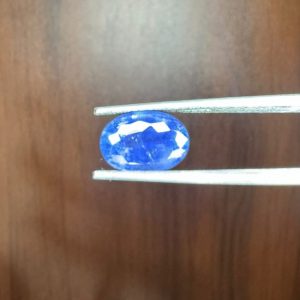Ceylon Natural Blue Sapphire
රු60,000.00
– Nature: Natural Blue Sapphire
– Color: Vivid Blue
– Weight: 1.00ct
– Treatment: – Heated
– Clarity: 90% Loupe Clean
– Certificate Available: Can be provide on request
– Contact: +94 777 07 21 31
📍 Location: Colombo, Sri Lanka
Bank Deposit Delivery Available.
Sri Lankan rupee (රු) - LKR
Overview
- Type: Precious gemstone
- Chemical Composition: Aluminum oxide (Al₂O₃) with iron and titanium impurities, which give it its blue color.
- Color: Ranges from light to deep blue; the most desirable shade is a vibrant, royal blue.
Characteristics
- Hardness: 9 on the Mohs scale, making it one of the hardest gemstones, second only to diamond.
- Clarity: While clarity is important, some inclusions (like rutile) can enhance a sapphire’s character and value.
- Cut: Common cuts include oval, cushion, round, and pear, which maximize brilliance.
Sources
- Major Locations: Notable sources include Kashmir (historically significant), Sri Lanka, Myanmar, Madagascar, and Australia.
- Origin Impact: The origin can greatly influence value; Kashmir sapphires are particularly prized.
Value Factors
- Color: The depth and saturation of blue are crucial; vivid, saturated colors command higher prices.
- Clarity: Stones with fewer inclusions are more valuable; however, some inclusions can add unique character.
- Carat Weight: Larger sapphires are rare and more valuable.
Treatments
- Heat Treatment: Commonly used to enhance color and clarity; most sapphires on the market have been treated.
- Diffusion Treatment: Some stones may undergo surface diffusion to enhance color, which can affect value.
Cultural Significance
- Symbolism: Associated with wisdom, loyalty, and nobility. Historically, blue sapphires were believed to protect against envy and harm.
- Uses in Jewelry: Popular in engagement rings, necklaces, earrings, and bracelets, often set in gold or platinum.
Care and Maintenance
- Cleaning: Clean with warm, soapy water and a soft cloth; avoid harsh chemicals and ultrasonic cleaners.
- Storage: Store separately to prevent scratches from harder materials.










Reviews
There are no reviews yet.